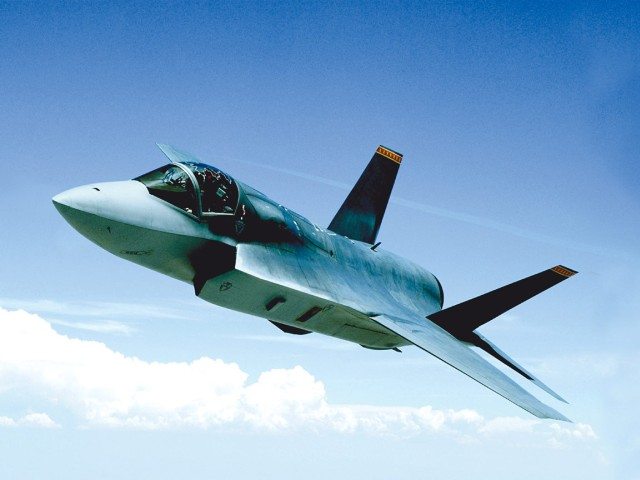The US military’s bureaucratic watchdog on Monday accused companies building the F-35 fighter of shoddy management that could jeopardize the reliability, performance and cost of the aircraft.
The Pentagon inspector general cited 363 problems in the design and manufacture of the costly Joint Strike Fighter, the hi-tech warplane that is supposed to serve as the backbone of the future American fleet.
For the United States and eight other countries backing the project, the report raises fresh questions about the technology and ultimate price tag of the F-35, which has struggled with production delays and cost overruns.
The office that oversees the fighter project, the plane’s primary manufacturer Lockheed Martin and five subcontractors failed to carry out rigorous “quality assurance” practices, the report said.
The failures “could adversely affect aircraft performance, reliability, maintainability,and ultimately program cost,” according to the inspector general office’s report.
A number of the shortcomings — including how software is managed — could possibly put safety at risk, it warned.
“Without adequate product evaluation of mission system software, Lockheed Martin cannot ensure aircraft safety requirements are met,” it said.
Designed to replace fighters in the US Air Force, Navy and Marines and supported by a consortium of eight countries, the program is already the most expensive in US military history with a price tag of $395.7 billion.
Recent independent reviews have found the program has managed to rein in costs but the inspector general’s findings suggested flawed production and design work could break the plane’s budget in the future.
Officials have acknowledged the original concept for the F-35 was overly optimistic, as it called for starting production long before thorough flight tests were completed.
The idea, which the Pentagon calls “concurrency,” was based on the flawed assumption that technical hurdles had been worked out in computer modeling.
Monday’s report appeared to confirm warnings about “concurrency” and said the Pentagon and Lockheed have often failed to review the quality of the work from subcontractors.
But the subcontractors, Northrop Grumman, BAE, L-3 Communications, United Technologies Corp and Honeywell, also came in for criticism.
The inspector general’s office faulted Honeywell for how it oversees the plane’s life support oxygen system.
Honeywell’s training efforts for employees working on the system were inadequate and changes were made to control software without checks by engineering and management departments, according to the report.
The F-35 program office called the inspector general’s report “thorough” and “useful,” but played down the findings.
In a statement, the office said most of the problems cited had already been identified by managers and that the report did not present “new or critical issues that affect the health of the program.”
Out of 343 corrective actions recommended in the report, 269 had been carried out while a remaining 74 were underway, according to the program office.










